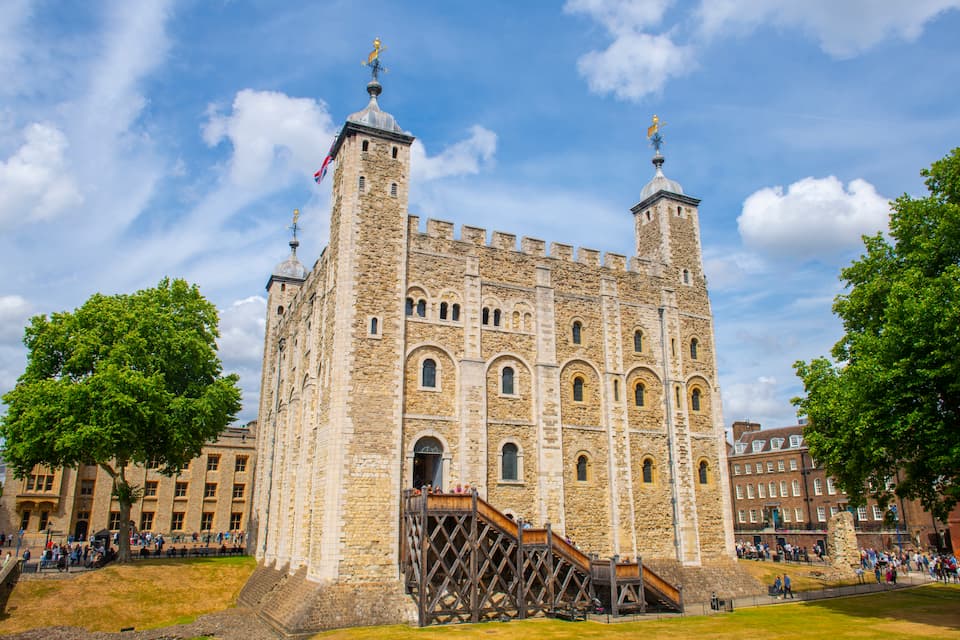

Guernsey Water was concerned that it might be unable to secure sufficient funding over the long-term, from the State of Guernsey, to ensure security of supply and maintenance of the asset base. There was an urgent need to develop a robust business plan and a longer-term need to develop stronger asset management capability.
The company realised that it needed to improve its’ business and strategic planning processes and align these with new asset management capabilities.
The challenge was to quickly identify and justify the immediate investment needs and create a roadmap for future transformation.
We undertook a comprehensive competency assessment using a number of international standards and our own best practice experience as benchmarks. We presented our assessment and a roadmap to develop capabilities over a two-year period.
We then supported different departments and the management team with the implementation. This started with organisational and process design, and was followed by the design of key asset management frameworks and templates. These included a service measure framework; performance framework; decision-making framework; asset hierarchy improvements and alignment with the financial hierarchy.
These were in turn applied to develop a new business plan with forecasts of future Totex requirements for managing the asset base over the long-term, and to forecast cost to serve values for treatment and distribution. These were used to develop a more robust business plan, which was presented to the States of Guernsey Board for approval.
The transformation roadmap was comprehensive and included many key areas of capability improvements including: asset strategy development; organisational and process implementation; training and coaching; governance; risk assessments; and asset and financial information improvements.
Guernsey Water achieved its’ immediate objective and secured the necessary short-term funding. The business plan was considered to be leading across the States of Guernsey government departments and state-owned companies. The process and plan structure informed the way that future plans will be developed.
A new organisation and processes were implemented, which strengthened the end-to-end investment planning process. Financial and asset information was better aligned, enabling improved risk, service and cost assessments and ultimately stronger planning. New asset and service strategies were developed for the key investment areas and a process for the future was established. Long-term investment forecasts were developed and again a process for future updates was implemented.


